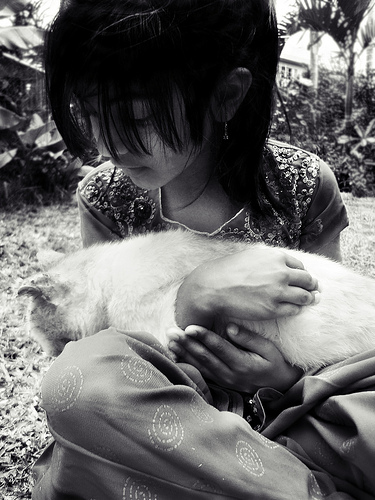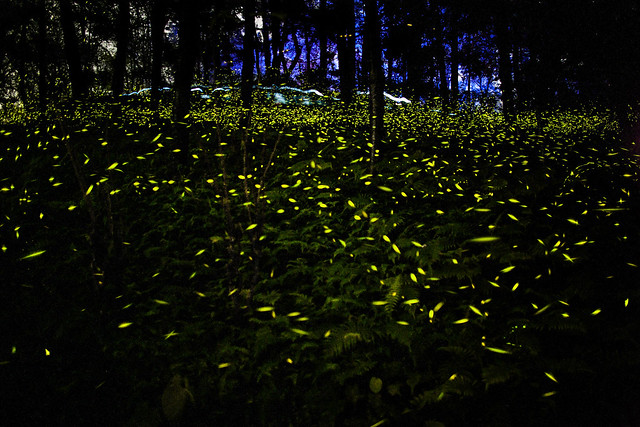The Great Hornbills found in the Valparai region of the southern part of the Western Ghats are testimony to this statement of Charles Darwin. “It is not the strongest of the species that survives, nor the most intelligent. It is the one that is most adaptable to change.” According to the latest study on the Great Hornbill by Nature Conservation Foundation, these big birds are able to adapt to landscapes such as tea and coffee plantations that have been altered by human beings.
Tea and coffee plantations are largely found in this hilly region interspersed with native shola grassland ecosystems and is rich in biodiversity. Herds of elephants can be easily encountered and occasionally even the endangered Nilgiri Tahr can be spotted in Valparai where the Great Hornbill resides, also referred to as the “farmers of the forest” as they help disperse seeds over great distances.

During the non-breeding season, the hornbills are found in groups of 70 to 100 in search of fruit bearing trees, particularly large fig trees. These frugivorous birds are very vocal and make distinct noises.
Read More:Grey Hornbill At Dusk, Book Review
“There are times when you can see 70-100 Great Hornbills gathered together during the non-breeding season. They are in such great numbers because they are largely frugivorous and they track fruiting trees, particularly large, fruiting fig trees. It’s truly inspiring to see and hear them,” says Divya Mudappa, senior scientist at Nature Conservation Foundation (NCF) and a resident of Valparai for nearly two decades.
“Their distinctive kawks and grunts as well as the loud whooshing noises that their wings make while in flight are hard to ignore. One of our colleagues actually thought he was in Jurassic world and is being attacked by them when he heard them first.”
Survival in Different Environment
The latest research shows how the birds have adapted to using the plantations during breeding season. This is good news since it is found that the Anthropocene impact on the ecology and biodiversity is most often detrimental. (The Anthropocene defines Earth’s most recent geologic time period as being human-influenced, or anthropogenic, based on overwhelming global evidence that atmospheric, geologic, hydrologic, biospheric and other earth system processes are now altered by humans.)
Read More: New Ideas helping Grey Hornbills Survive in Treeless Cities
Pooja Pawar, lead author of the study says, “We have found that hornbills are using plantations in critical times such as during nesting. This is important because a flagship species such as this is trying to survive and make use of whatever resources are available to it.”
As in other regions in the Ghats, the 220 sq.km Valparai plateau has also suffered great loss of mature tropical forests to agricultural expansion. Pawar adds, “The plateau is in close proximity to natural forests and also retains 40 rainforest fragments of varying sizes. These fragments have more food plants for the birds than their neighbouring coffee plantations. I believe this proximity acts as a stepping stone for hornbills to survive in such heavily managed plantations.”
The researchers have published their paper in the research journal Ornithological Science.
The researchers observed eight nests, three in contiguous rainforests and five in modified habitats consisting of coffee plantations and rainforest fragments. It was found that the nesting cycle of the birds lasted about four months and that it was similar in both habitats. Each of the Great Hornbills was in a different species of tree. Seven were in native trees, and one was in a non-native Silver Oak tree. All nest cavities were in the main trunks of the tree. The researchers found that although the Great Hornbill had specialised nesting and foraging requirements, managed to nest successfully in the plantations.
P Balasubramanian, senior principal scientist at the Salim Ali Centre for Ornithology and Natural History, Coimbatore, is in agreement with the results of Pawar’s work. Balasubramanian, a veteran in the field, has conducted ecological studies on four species of hornbills namely the Great Hornbill, Malabar Pied Hornbill, Malabar Grey Hornbill and Indian Grey Hornbill.
Read More: In Defence Of The Narcondam Hornbill
He says, “Irrespective of whether the habitat is natural or human-modified, Great Hornbills would be ‘happy’ if tall trees with huge girth (for nesting) and fig trees (for foraging) are available in the forested environment.”
Considerate Hosts
Pawar says, “Plantations owners are also proud of these birds nesting in their properties and are becoming ‘hornbill friendly’ in many cases.”
In the paper, the researchers have mentioned that the Valparai coffee plantations hosted many hornbill food plants. The hornbills had also used non-native tree species for nesting and foraging.
Featured image via wikimedia commons
Source:










One thought on “Great Hornbills Adapting To Plantation Life In Western Ghats”